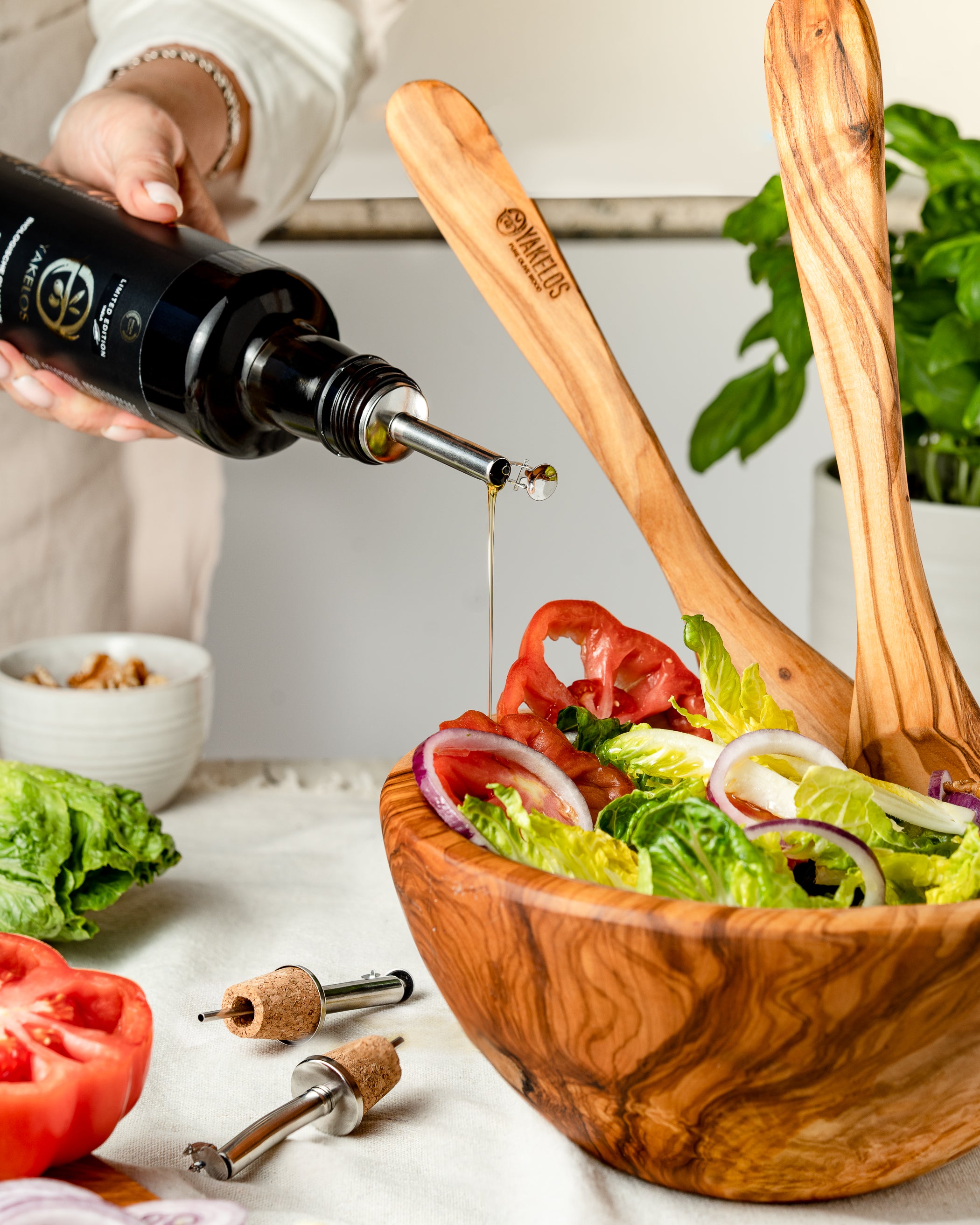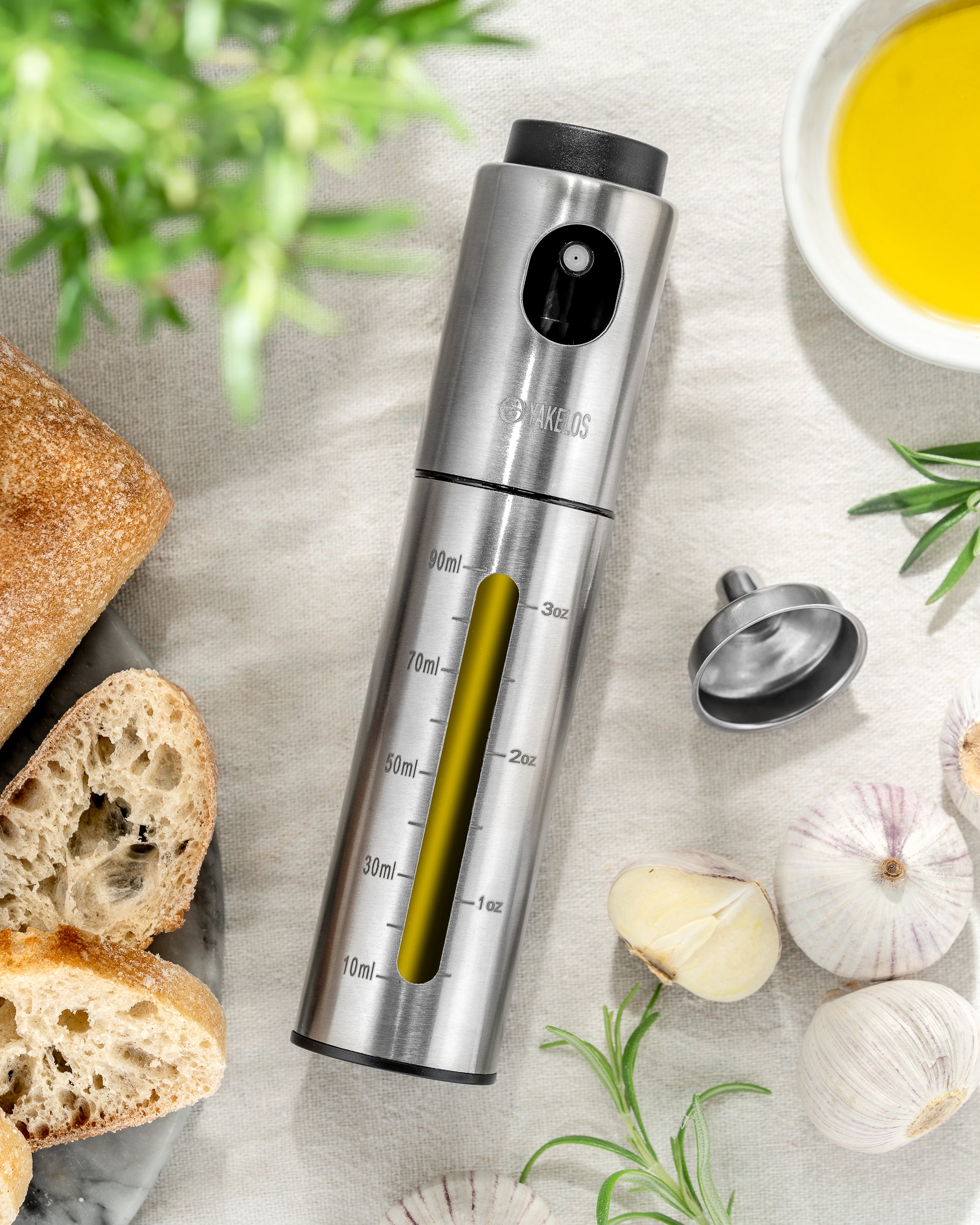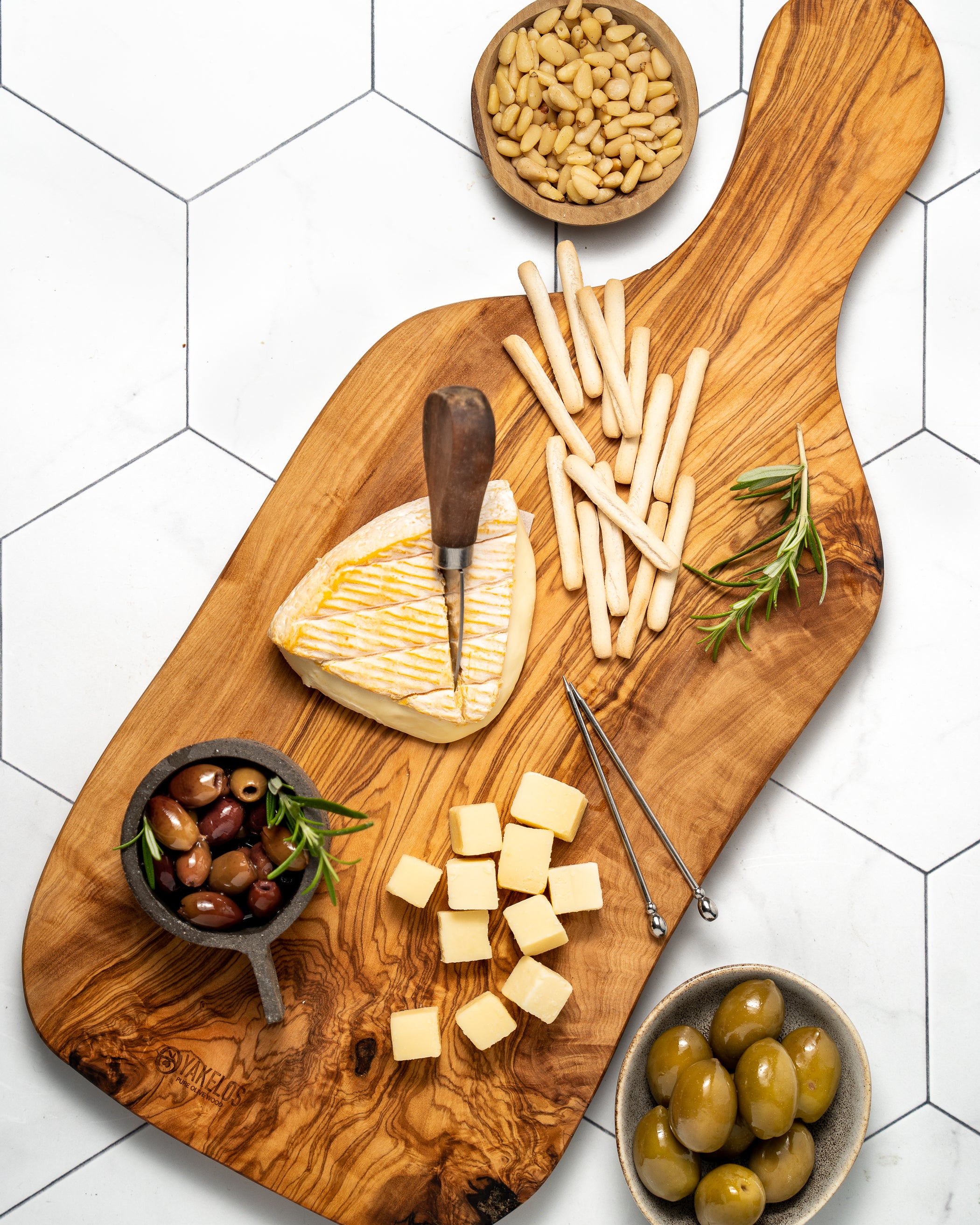
In the past, most of the Tunisian population had to make do with the little that the dry land produced. But this was not so different from the diet of other countries around the Mediterranean.
Just as fries with mayonnaise can be considered our national street food , Tunisia also has its own version of it: Lablabi.
Lablabi is a cheap meal. In its most traditional form, lablabi is based on chickpeas, cooked in their own cooking liquid and seasoned with garlic and cumin. It was spooned up with pieces of stale bread.
Lablabi was originally a breakfast dish eaten in the autumn and winter, but is now eaten at any time of the day and all year round. In many places, it is sold in the late summer evenings and is especially popular with young people who want to avoid a hangover after a night out.
The dish probably originated sometime in or after the 16th century when the Ottoman Empire took control of the modern Tunisian region. In fact, the term 'lablabi' is a Turkish word meaning '(made with) mashed chickpeas'.
Incidentally, the word 'kikkererwt' has nothing to do with 'frogs'. A better and alternative Dutch form is 'kekererwt' which in turn is derived from the Latin cicer , which meant 'chickpea'.
Over the centuries, the recipe for lablabi has been expanded. This probably kept pace with the increase in prosperity in Tunisia. Nowadays, a raw or soft-boiled egg is almost always added (which cooks through in the warm liquid). Further additions often include olive oil, harissa, capers, tuna and sometimes olives, garlic and vinegar or lemon or lime juice. Other decorations can include coriander, parsley and spring onions.
In the northern part of Tunisia, a slightly different version exists: the Bizerte lablebi. It is then a flat bread with the same basic ingredients on it.
Ingredients:
- a can of chickpeas (240 grams)
- four cloves of garlic, finely chopped
- a teaspoon of cumin
- sea salt
- two eggs
- four slices of old bread
-extra virgin olive oil
Preparation:
- Open the can and wash the chickpeas. Drain.
- Put the chickpeas with the garlic and cumin in a frying pan and cover with water.
- Bring to the boil.
- At the same time, boil the eggs.
- Tear the bread into slices and place them on the bottom of a soup bowl.
- When the beans are soft-boiled, ladle the soup into the bowls.
- Crack a soft-boiled egg over them.
- Season with some salt.
- Finally, pour olive oil over it to taste




